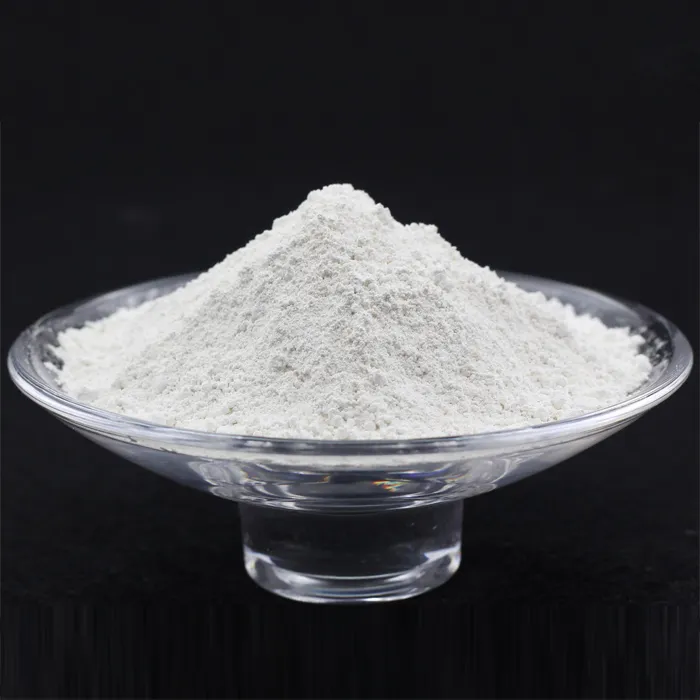Cyanide Removal from Industrial Wastewater Methods and Challenges
Cyanide is a highly toxic compound often used in various industrial processes, particularly in mining and electroplating. Its presence in industrial wastewater poses significant environmental and health risks. As industrial activities continue to grow, effective cyanide removal from wastewater has become a crucial concern for industries and regulatory bodies alike.
Understanding the Sources of Cyanide in Wastewater
Cyanide can enter wastewater through various pathways, predominantly from mining activities where it is used to extract gold and other precious metals. Additionally, electroplating industries use cyanide solutions for surface treatment. Other lesser-known sources include the production of textiles, plastics, and agricultural chemicals, where cyanide compounds are utilized. Given its high toxicity, the presence of cyanide in wastewater must be controlled and treated before discharge into the environment.
Treatment Methods for Cyanide Removal
Various methods have been developed and implemented for the removal of cyanide from industrial wastewater, which can be broadly categorized into physical, chemical, and biological processes.
1. Physical Methods These methods include adsorption and ion exchange. Activated carbon is commonly used as an adsorbent to capture cyanide ions from wastewater. However, the effectiveness of these methods often relies on the concentration of cyanide in the water, as lower concentrations may not be efficiently treated.
cyanide removal from industrial wastewater

2. Chemical Methods Chemical treatment is one of the most widely used approaches. Sodium hypochlorite, hydrogen peroxide, and chlorine dioxide have been utilized for the oxidation of cyanide to less harmful compounds, such as cyanate or carbon dioxide. The advantages of chemical methods include their quick reaction times and capability to treat high concentrations of cyanide. However, careful management of reaction conditions is essential to avoid the formation of toxic byproducts.
3. Biological Methods Biological treatment involves the use of microorganisms to degrade cyanide. Certain bacteria can metabolize cyanide as a nitrogen source. This method is eco-friendly and potentially cost-effective; however, the slow degradation rates and sensitivity to environmental conditions can limit its application. Furthermore, achieving complete mineralization of cyanide can be challenging, often necessitating a combination with physical or chemical methods.
Challenges in Cyanide Removal
Despite advancements in treatment technologies, several challenges persist in the removal of cyanide from industrial wastewater. Regulatory standards for permissible cyanide levels in effluents have become increasingly strict, placing pressure on industries to adopt more efficient treatment processes. The variability in cyanide concentrations, chemical forms (such as free cyanide and bound cyanide), and the presence of other contaminants complicate wastewater treatment efforts.
Additionally, the economic feasibility of treatment methods can be a significant barrier, especially for small and medium-sized enterprises. The costs associated with chemical reagents, equipment, and maintenance can add up, leading to calls for more cost-effective, innovative solutions.
Conclusion
Cyanide removal from industrial wastewater is a pressing issue that requires a multifaceted approach. While various methods exist, each with its advantages and limitations, the quest for efficient, eco-friendly solutions continues. As technological innovations emerge, industries and researchers must collaborate to develop sustainable practices that not only comply with regulatory standards but also safeguard environmental and public health. Implementing comprehensive treatment systems, coupled with pollution prevention measures, will be essential in addressing the challenges posed by cyanide contamination in industrial wastewater.

